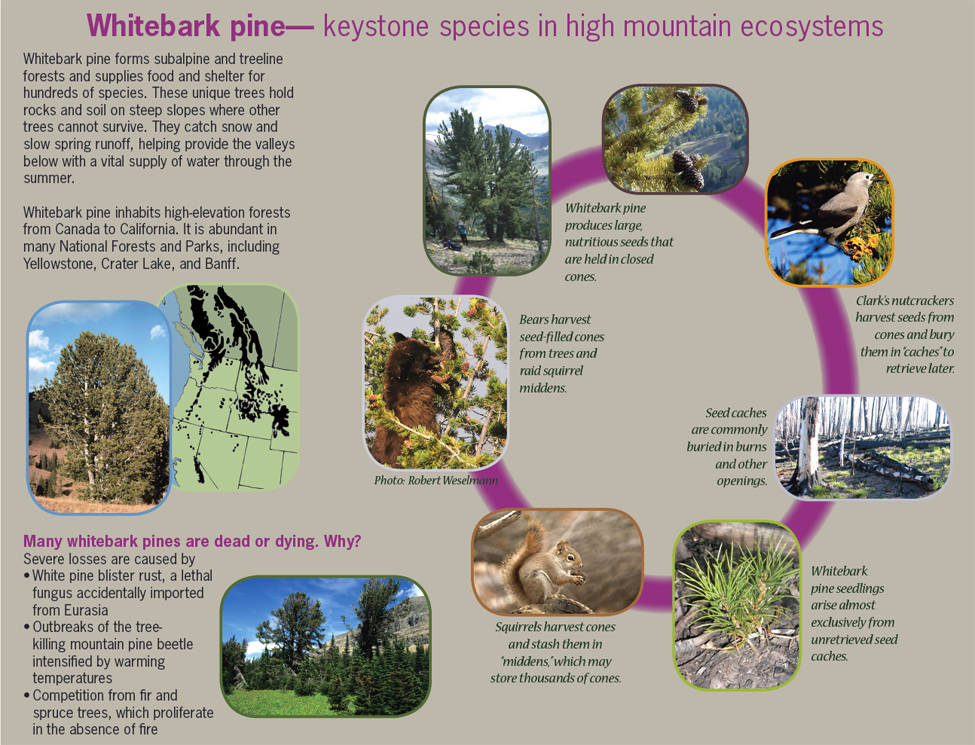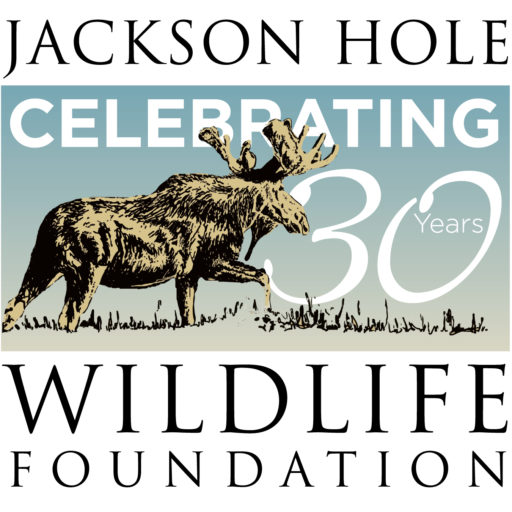Clark’s Nutcrackers Project (Updated 2/3/2021)
Dr. Taza Schaming is seeking help in locating Clark’s Nutcracker nests for her Nutcracker Ecosystem Project and the Cornell Lab of Ornithology Clark’s Nutcracker/Whitebark Pine Ecosystem initiative. Nest sightings will assist studies of the role of Clark’s Nutcrackers in conifer ecosystems, the effects of climate change on the birds and coniferous forests, and educational efforts to elevate awareness.
Very few nutcracker nests have been documented beyond work by Schaming, Dr. Teresa Lorenz, and a few much older studies. Nests are made of twigs/sticks and are ~8-12” wide, ~4-9” high, and 8-60’ off the ground, primarily in conifers. Nests can be found in live or dead trees, and dense or open stands of trees. Nest building begins in early March and is the most easily observable sign of nesting. Nestlings fledge by mid-June.
If you spot Clark’s Nutcrackers nesting, please send GPS point, and/or location information, such as tree species and height of nest in the tree, as well as nest status (building, eggs, nestlings), and any other details to tazaschaming@gmail.com. Nature Mappers can also log observations of nests directly into the Nature Mapping Jackson Hole database.
For more information, see www.thenutcrackerecosystemproject.com.
Please Help us Help Nutcrackers By:
- Mapping nutcracker sightings as often as possible in the Nature Mapping Jackson Hole database.
- Nature Mapping nutcracker feeder visits (every day if you have the patience).
- Being on the look-out for nutcracker nests and juveniles. (Nutcrackers may be on nests March to mid-June)
- Getting involved in regional efforts to conserve whitebark pine.
Clark's Nutcracker Call
Clark’s Nutcracker Project Resources

Explore the Map Below to View Clark’s Nutcracker Observations Recorded by Students during a 2016-2017 Project
Photo Credits:
Henry Holdsworth
Mark Gocke
Steve Morriss
Sava Malachowski
Leine Stikkel
Tim Griffith
Jon Mobeck
Jackson Hole Wildlife Foundation
Office Location:
25 S. Willow St., Suite 10
Jackson, WY 83001
Mailing Address:
PO Box 8042
Jackson, WY 83002
All rights reserved.
Privacy Policy

